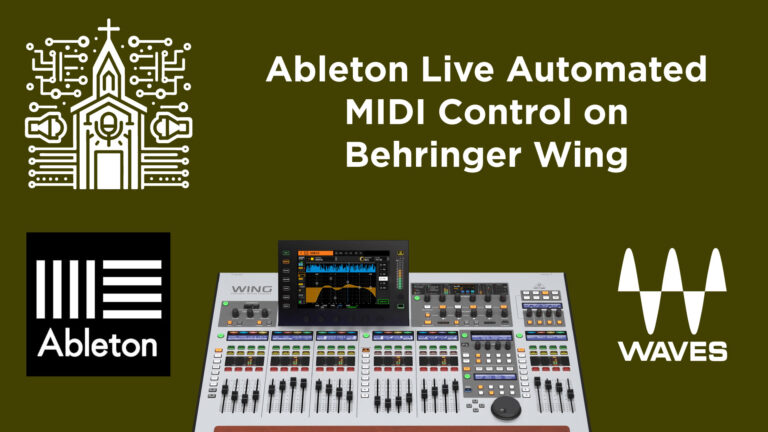48 Channels and Beyond: Mastering Inputs on the Behringer Wing
Maximizing the Behringer Wing: Understanding Its Input and Channel Capabilities
Equipment Links
Behringer Wing
Behringer S32 Stage Snake
Introduction
Navigating the complexities of audio mixer capabilities can be daunting. This article demystifies the Behringer Wing’s channel and input capacities, explaining how to leverage its full potential in various audio setups.
48 Stereo Channels: The Core Capacity
At its core, the Behringer Wing boasts 48 stereo channels. This feature is a significant advancement over older mixers where achieving a stereo channel required two faders. The Wing’s design allows each of its 48 channels to handle either mono or stereo inputs, providing versatility in handling a wide range of audio sources.
Auxiliary Inputs and Their Flexibility
Beyond the primary channels, the Wing includes eight auxiliary inputs, which can be patched and utilized just like standard channels. This addition expands the mixer’s versatility, allowing for more complex routing configurations.
Handling More Than 48 Inputs
While the Wing supports 48 stereo channels, it can accommodate a much larger number of inputs. This is where confusion often arises. The mixer supports 96 inputs over AES50 ports A, B, and C. For example, connecting three Behringer S32 stage snakes to these ports and utilizing an individual Ethernet line for each allows access to all 32 channels on each snake.
Expanding with Dante and USB
Adding a Dante card to the Wing introduces an additional 64 channels over Dante. Furthermore, the mixer has 48 USB inputs, offering more possibilities for input sources.
Local Inputs and Outputs
The Wing also includes eight local inputs and outputs, further contributing to its comprehensive connectivity options.
Advanced Routing and Scene Management
One of the unique advantages of the Wing is its ability to manage numerous inputs through advanced routing and scene management, known as “snaps” in Behringer terminology. This feature is particularly useful in scenarios like theater productions, where different scenes may require different sets of microphones or inputs.
Conclusion
The Behringer Wing presents a powerful and flexible solution for modern audio setups, capable of handling an extensive array of inputs and offering advanced routing capabilities. Its ability to manage both stereo and mono channels, along with a wide range of external inputs, makes it a versatile choice for audio professionals.






